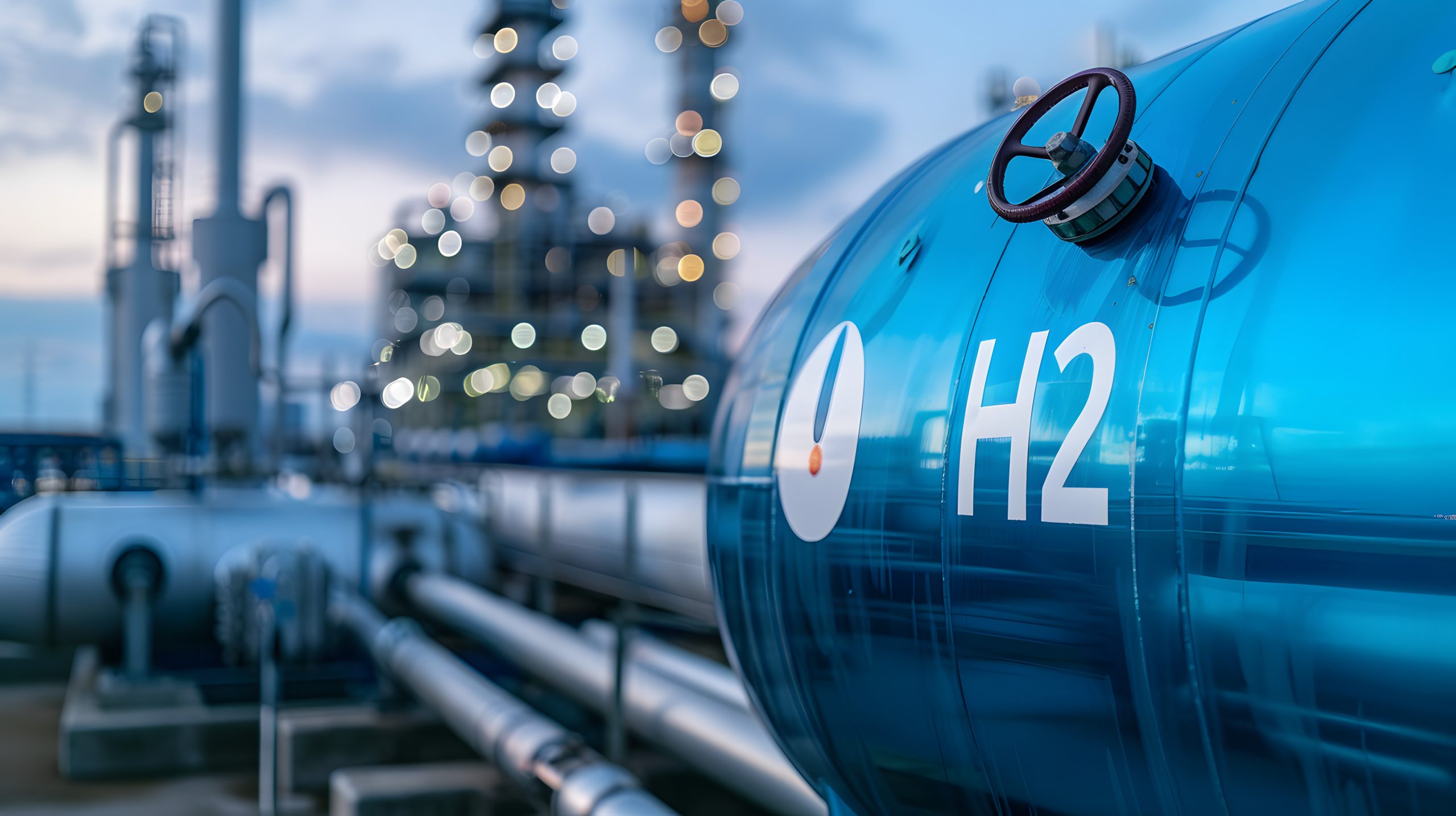Commission has published the State of the Energy Union Report 2024

The European Commission has published the State of the Energy Union Report 2024. It shows how the EU has managed unprecedented challenges in the energy policy landscape during this Commission’s mandate.
The EU had a regulatory framework for pursuing the clean energy transition. The foundations for renewed economic growth and competitiveness were laid.
Crucially, over the past years, the EU has managed to withstand critical risks to its security of energy supply, regain control over the energy market and prices, and accelerate the transition towards climate neutrality:
- Renewable energy generation is breaking new capacity records. In the first half of 2024, half of the EU’s electricity generation came from renewable sources.
- The share of Russian gas in EU imports dropped from 45% in 2021 to 18% by June 2024, while imports from trusted partners like Norway and the US have increased.
- The EU reduced gas demand between August 2022 and May 2024 by 138 billion cubic meters.
- The EU reached its 90% winter gas storage target on 19 August 2024, well ahead of the 1 November deadline.
- Energy prices are more stable and remain significantly below the peak levels of the energy crisis of 2022.
- The EU’s greenhouse gas emissions fell by 32.5% from 1990 to 2022, while the EU economy has grown by around 67% in the same period.
- At an international level, the EU led the global initiative to triple renewable energy capacity and double energy efficiency improvements as part of the transition away from fossil fuels, which was endorsed by all Parties at COP28 in Dubai.
Enhancing energy security and competitiveness
EU manufacturers face growing competition in net-zero technologies on global and domestic markets. The Report recalls the importance of the Net-Zero Industry Act and the Critical Raw Materials Act, alongside the reform of the Electricity Market Design to face these challenges.
The report also recognises the need to build on industry partnerships to accelerate net-zero technology development and strengthen the EU’s manufacturing base.
Industrial alliances such as the European Battery Alliance, European Clean Hydrogen Alliance, Solar PV Industry Alliance, Renewable and Low-Carbon Fuels value chain Industrial Alliance and Alliance on Small Modular Reactors will play an important role.
The Commission’s clean transition dialogues with industry and social partners will support the implementation of the European Green Deal.
The Innovation Fund, with its estimated budget of around €40 billion until 2030, also plays a crucial role. The European Hydrogen Bank, financed by the EU ETS Innovation Fund, is up and running and has conducted the first successful round of EU auctions awarding nearly €720 million to 7 renewable hydrogen projects in Europe.
This report is published each year to take stock of the EU’s progress towards the objectives of the Energy Union
Following last year’s State of the Energy Union report dealing with the challenges and achievements in 2020-2023, this year’s report gives an update on how the EU successfully acted on unprecedented developments and challenges in the last year of this Commission’s mandate.
The first part of the report shows how the high energy and climate ambition under the European Green Deal provided the basis for the EU’s crisis response strategy and the REPowerEU Plan. It also outlines steps to enhance the competitiveness of European industry. The second part analyses the state of play in the implementation of the Energy Union in all its five dimensions:
- security, solidarity and trust;
- a fully integrated internal energy market;
- energy efficiency;
- climate action and decarbonising the economy;
- research, innovation and competitiveness. This year’s report is accompanied by an annexe containing information on voluntary and national schemes for bioenergy in the Member States.

